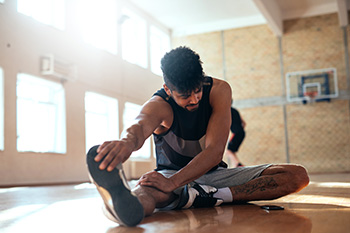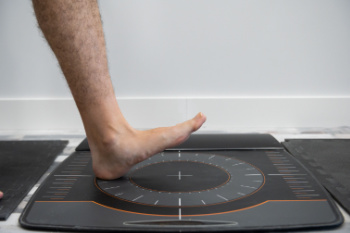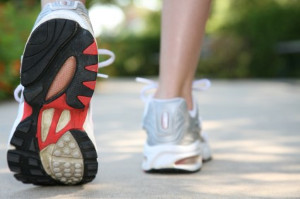
Strong ankles are vital for runners to maintain stability, prevent injuries, and enhance performance. Incorporating specific exercises into your routine can help strengthen the muscles, ligaments, and tendons surrounding the ankles. Simple exercises like calf raises, where you lift your heels off the ground and lower them back down, target the calf muscles and improve ankle stability. Ankle circles are done by rotating your ankles in both directions, which can help to improve flexibility and range of motion. Additionally, balance exercises, such as single-leg stands or using a balance board, can enhance proprioception and strengthen the ankle-stabilizing muscles. Strengthening exercises, such as toe curls and marble pickups, focus on the muscles of the foot and can contribute to overall ankle strength and stability. By incorporating these exercises into your regular training regimen, you can help reduce the risk of ankle injuries while enjoying the benefits of running for improved health and fitness. If you have an ankle injury, it is suggested that you consult a podiatrist who can treat this condition and offer you future running injury prevention tips.
All runners should take extra precaution when trying to avoid injury. If you have any concerns about your feet, contact one of our podiatrists of Carolina Foot & Ankle Specialists. Our doctors will treat your foot and ankle needs.
How to Prevent Running Injuries
There are a lot of mistakes a runner can make prior to a workout that can induce injury. A lot of athletes tend to overstretch before running, instead of saving those workouts for a post-run routine. Deep lunges and hand-to-toe hamstring pulls should be performed after a workout instead of during a warmup. Another common mistake is jumping into an intense routine before your body is physically prepared for it. You should try to ease your way into long-distance running instead of forcing yourself to rush into it.
More Tips for Preventing Injury
- Incorporate Strength Training into Workouts - This will help improve the body’s overall athleticism
- Improve and Maintain Your Flexibility – Stretching everyday will help improve overall performance
- “Warm Up” Before Running and “Cool Down” Afterward – A warm up of 5-10 minutes helps get rid of lactic acid in the muscles and prevents delayed muscle soreness
- Cross-Training is Crucial
- Wear Proper Running Shoes
- Have a Formal Gait Analysis – Poor biomechanics can easily cause injury
If you have any questions, please feel free to contact our offices located in Mount Pleasant and Charleston, SC . We offer the newest diagnostic and treatment technologies for all your foot care needs.






